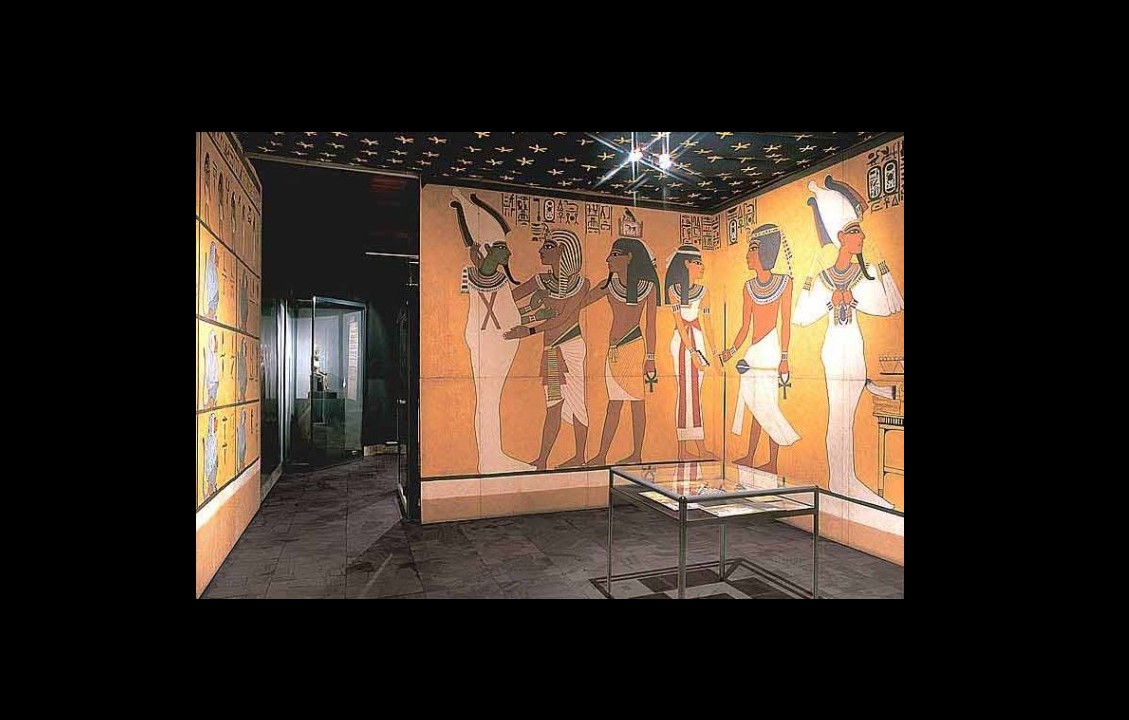Exhibitions
Departments
The visitors to the Museum are welcomed in the entrance hall by a statue of the goddess Sekhmet. The goddess is shown as a woman with a lioness’ head crowned with a solar disk, sitting on a throne. Sekhmet was one of the incarnations of the goddess of heavens, the dangerous ‘solar eye’ destroying the enemies of the sun god Ra, and the cosmic mother of the pharaoh as well. Amenhotep III had several hundred such statues made for his mortuary temple at Kom el-Hitan in western Thebes. Each of them represented the goddess in a different aspect, which together formed a kind of a litany in stone. Each statue was bearing one of Sekhmet’s epithets; in the case of our piece it is ‘Beloved by her Lord’. After the temple had been destroyed by an earthquake, most of the statues were transferred to the temple precinct of the goddess Mut at Karnak. From there many of them found their way to the museums all over the world.
Statue of the goddess Sekhmet
Nasza strona internetowa używa plików cookies (tzw. ciasteczka) w celach statystycznych, reklamowych oraz funkcjonalnych. Dzięki nim możemy indywidualnie dostosować stronę do twoich potrzeb. Każdy może zaakceptować pliki cookies albo ma możliwość wyłączenia ich w przeglądarce, dzięki czemu nie będą zbierane żadne informacje. Dowiedz się więcej jak je wyłączyć. OK, Rozumiem



.jpg)
.jpg)
.jpg)
.jpg)
.jpg)
.jpg)